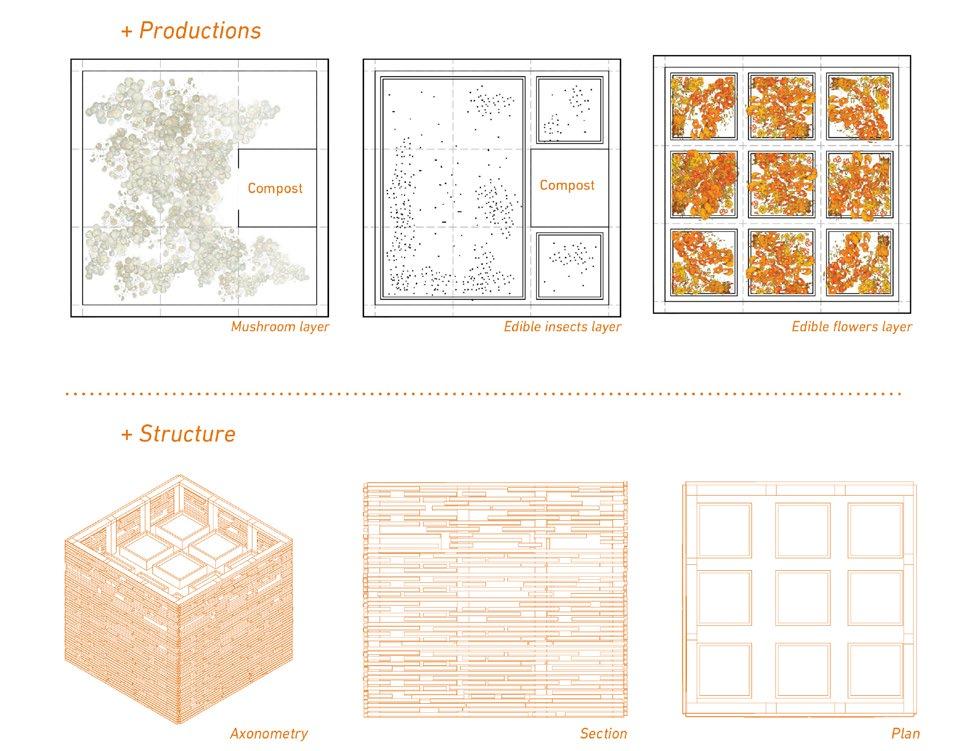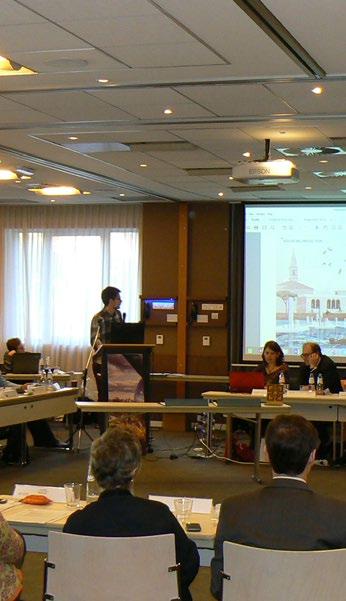
2 minute read
Rethinking urban landscape
Rethinking urban landscape ANNALISA CALCAGNO MANIGLIO Honorary member IFLA Europe
Today’s territories in many European countries are negatively marked by various dynamic transformations: growth of urban areas, undefined extensions of the suburbs lacking any identity, degrading effects of recent “overbuilding” and urban sprawl, uncontrolled growth over agricultural lands of infrastructures, industrial building and energy production structures and a progressive fragmentation of natural reserves. The Italian territory, characterised by 8.000 kilometres coastline, is transformed by constant touristic settlements that have often deteriorated the ecological system, interrupted the environmental connection land-sea and changed the original architectural character of old coastal small towns.
Advertisement
In rethinking the urban landscape, it is necessary to explore new environmental politics for defending the reconstruction of biocultural systems’ connection. It is necessary to guide and influence the dynamics of such transformation, to develop preventive actions and the necessary measures to contain the conflicting use of fragile territories in order to mitigate the negative effects of transformations, the risks of catastrophic events and other consequences of climate changes. In order to improve the dynamics of transformation, to promote more sustainable cities and harmonious territory development, we need to design and plan solutions based on giving more attention to the entire territorial dimension and systemic vision based on an interdisciplinary and holistic interpretation of territorial and environmental knowledge and analysis. These considerations find a significant acknowledgment in the innovations contained in the text of the European Landscape Convention from 2000, entirely dedicated to the landscape: in this document, the “landscape dimension” is extended to the whole territory, recognising the landscape as the context of life of the populations, the expression of the diversity of their cultural and natural heritage and the foundation of their identity.
The ELC principles have extended the landscape dimension to all territories and in all land politics of the European countries. The main objectives are to promote the quality of people’s living contexts, to limit the risks, critical issues and threats to the territory, to find opportunities for a sustainable development of transformations also for the future generations. This new concept of the landscape dimension of the territory can be the path to enhance the assets (environmental, socio-cultural, landscape) that are the foundation of the identity of each site.
Focusing on reconnecting to each other, in a new “science of the territory”, fragmented knowledge, able to tackle the problems related to socio-economic and environmental degradation; focusing on targeting and deepening scientific knowledge grounded on hydrogeological protection, ecological restoration, urban and landscape quality, integrated economies.
The systemic vision takes into careful consideration the numerous issues related to the environmental system, it’s related to the study of dynamic interactions between the different natural and cultural value systems that have characterised the urban environment and the landscape in historical territories; It requires trans and holistic interpretations, avoiding sectoral reductive readings.
The touristic transformation of of Sestri Levante village along the Tirrenian coast. (Ph. Merlo, Genova)
The consequences of a continuous coastal urbanisation of Viareggio town, along the North Tyrrhenian coast. It is an example of the entire transformation of fragile littoral environments and alteration of the cultural identities of coastal landscape by touristic development during the last century.
The transformation of coastal by touristic development of Viareggio town (Ph. Merlo, Genova) Sestri Levante village along the Ligurian coast is a significant example of touristic development in with attention to the coastal geomorphological features and to the conservation of original landscape characters.










